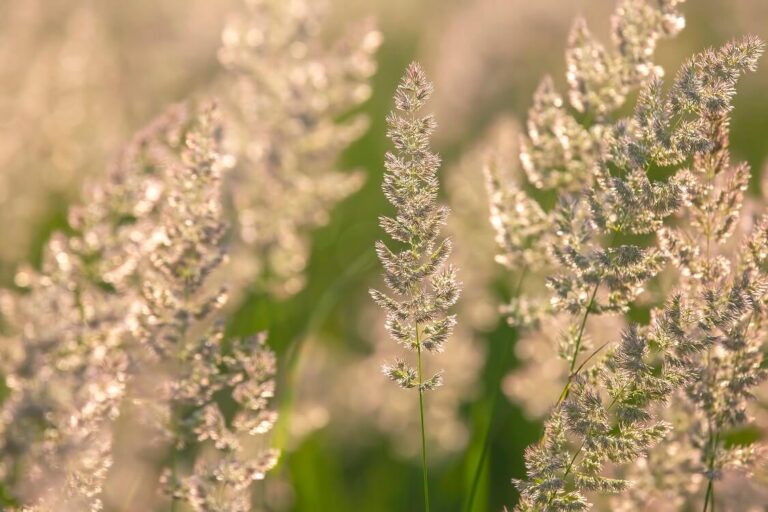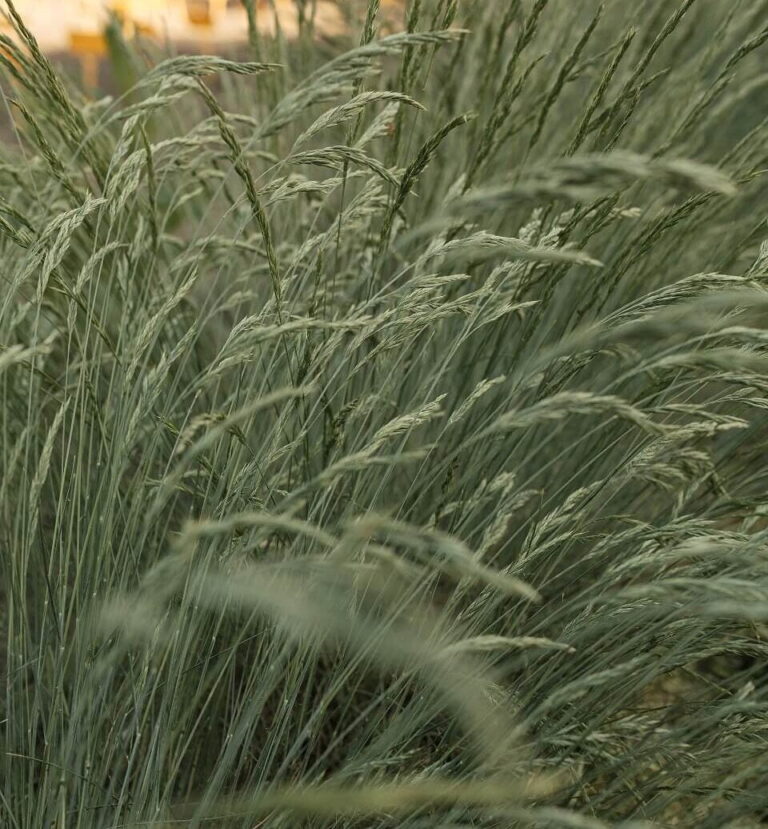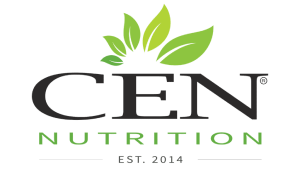
In Australia, Cocksfoot (Dactylis Glomerata) is probably one of the less popular pastures or hay sources available to our equine friends. With this in mind, it is not to say that Cocksfoot cannot be a useful forage or fodder source when it is fed as part of a well-thought-out and species-appropriate diet.
THE BENEFITS OF COCKSFOOT HAY
A benefit of Cocksfoot is that it is capable of year-round production due to its strongly-tufted and deep-rooted design. This means that where other pasture species may begin to decline due to seasonal changes, Cocksfoot is more likely to maintain ground coverage and feed availability for livestock. It is tolerant of acidic and sandy soils and does not rely on soils with high fertility levels in order to be productive.
Another major advantage of Cocksfoot being a source of roughage for horses is that it contains no known anti-nutritional factors such as alkaloids, or animal toxins such as Mycotoxins. Although slow to establish, once it has done so, Cocksfoot is very tolerant of heavy grazing and can be a useful pasture inclusion as it is very capable of increasing the overall nutritive value and productivity of a paddock when sown with other grass and legume species that may not be as tolerable of grazing animals
THE NUTRIENT PROFILE OF COCKSFOOT HAY
Cocksfoot can be fed to horses as pasture or as hay, and is most palatable when it is consumed before it has flowered. Fresh Cocksfoot pasture has an average crude fibre content of around 29.7%, in comparison to 30.2% average crude fibre content of Cocksfoot hay. The crude protein content of Cocksfoot is considered moderate, sitting at an average of 16.3% for fresh Cocksfoot pasture and 13.1% for Cocksfoot hay.
On average, the total sugar content (ESC + WSC) of Cocksfoot pasture is around 10.1%, which makes it a good option for equines who may not do so well on roughage sources that are high in sugars, however, it is always recommended to have pasture and hay tested where possible as nutritive value, digestibility, and sugar and starch contents will vary significantly from supplier to supplier depending on the conditions in which the species has been grown and at what growth stage it was harvested.

IS COCKSFOOT HAY SUITABLE FOR METABOLIC OR LAMINITIS HORSES?
When harvested or offered at an appropriate growth stage, Cocksfoot can be a great roughage source for horses and may be considered a suitable alternative to other grass hays such as Rhodes grass hay where it may not be as easily accessible. Its ability to maintain ground coverage and feed availability year-round makes it an advantageous species to have sown throughout a horse pasture where other species may begin to decline in growth and nutritive value during seasonal and climatic changes.
When tested appropriately for nutritive values such as sugar, starch, crude fibre, crude protein and digestible energy, Cocksfoot may be a suitable forage or fodder source for laminitic equines, or those who require their intakes to be closely monitored due to other health conditions such as metabolic disorders, recurring gastrointestinal upsets, or ulcers.
Written by Karly Eldridge
Equine Nutritionist
Sub-editor Bryan Meggitt (BMedSc. PGCrtMedSc.)
Senior Scientist and Co-founder of CEN Horse Nutrition
View our range of horse supplements.
